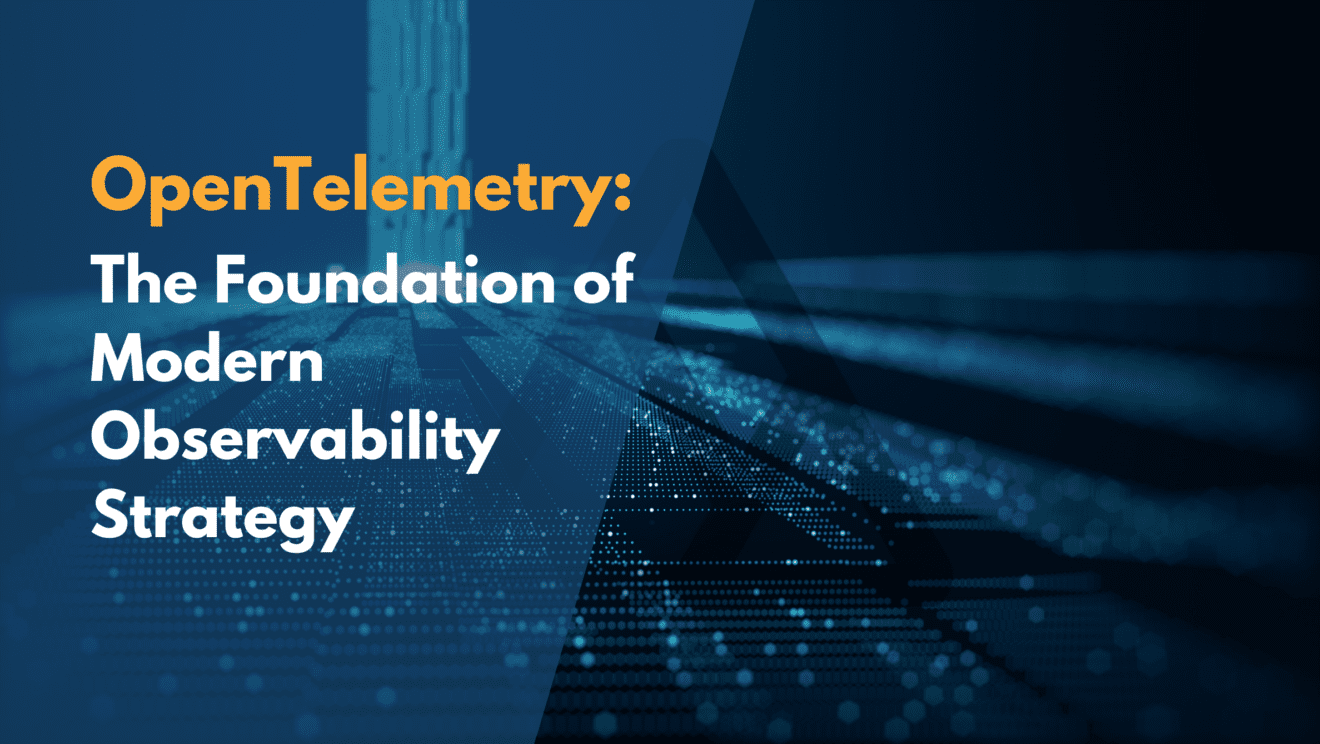The recently released EMA Research Report “Taking Observability to the Next Level: OpenTelemetry’s Emerging Role in IT Performance and Reliability” provides compelling evidence that OpenTelemetry (OTel) is transforming how organizations approach observability.
As a leader in this space, Apica recognizes that OpenTelemetry isn’t just a trend—it’s becoming the foundation of modern observability strategies.
The OpenTelemetry Revolution: What the Data Shows
The EMA survey of 400 IT professionals reveals striking statistics about OpenTelemetry adoption:
- Widespread Adoption: Nearly half (48.5%) of organizations are already using OpenTelemetry, with another 25.3% planning implementation soon.
- Strong ROI: 46.4% of organizations report greater than 20% ROI from OpenTelemetry, with another 40.7% achieving 10-20% ROI.
- Cost Reduction: For those who reduced observability costs with OpenTelemetry, 84% report at least a 10% decrease in costs.
- Mature and Trusted: Half of the respondents consider OpenTelemetry mature enough for implementation today, with 98.7% expressing support for where the project is heading.
The Challenge: Data Volumes Exploding with OpenTelemetry
While the benefits are clear, the survey also reveals significant challenges. As organizations adopt OpenTelemetry, data volumes are increasing 4-5x, creating unsustainable costs with traditional solutions like Splunk and Elastic. Additional challenges include:
- Implementation Complexity: Organizations struggle with the technical complexity of deployment
- Data Management: Effectively handling massive telemetry data volumes becomes increasingly difficult
- Integration Issues: Ensuring compatibility with existing systems requires expertise
- Cost Concerns: Managing the economics of growing observability data is a major challenge
Apica's Revolutionary Approach to OpenTelemetry
Apica provides a fundamentally different approach to solving these OpenTelemetry challenges through our revolutionary telemetry pipeline built on our patented object store architecture.
The Pipeline-First Advantage
Unlike traditional observability vendors or pipeline-only solutions like Cribl, Apica Ascent delivers a unified telemetry pipeline with integrated observability capabilities.
Our unique architecture directly streams telemetry data to object stores as primary storage (not secondary), providing several advantages that address the exact challenges identified in the EMA survey:
- Dramatic Cost Reduction: Reduce observability infrastructure costs by 40-60% while increasing data retention capabilities by 3-5x
- Zero Data Loss: Our patented InstaStore ensures complete reliability, unlike in-memory solutions that risk data loss during processing
- Equal Treatment of All Telemetry Types: Process metrics, logs, traces, and events with consistent capability, unlike competitors that excel with logs but struggle with metrics streams
- Native High Cardinality Support: Our architecture is specifically designed for the explosion of dimensions and labels that overwhelm traditional solutions
Solving the "Data Management and Observability Tool Sprawl" Problem
The EMA survey highlights how organizations struggle with fragmented observability approaches. Apica addresses this directly by:
- Eliminating data silos through a unified approach to all telemetry data
- Reducing MTTR by up to 65% with our unique unified timeline view that correlates multiple data types automatically
- Bridging the gap between IT operations and security teams with integrated security capabilities
- Providing AI-powered predictive analytics that identify issues before they impact users
Real-World OpenTelemetry Benefits with Apica
The EMA survey confirms what our customers experience:
- Enhanced Productivity
The survey shows that OpenTelemetry significantly improves productivity for both ITOps and developers. With Apica Ascent:
- ITOps teams experience 40%+ improvement in productivity through simplified data collection and unified visibility
- Developers gain 60%+ productivity improvements by eliminating the need to instrument with multiple proprietary agents
- Faster Issue Resolution
Mean time to repair (MTTR) is a vital priority for IT organizations, with 95% of survey respondents reporting at least a 10% improvement with OpenTelemetry. Apica Ascent enhances this benefit through:
- Our unified timeline view that correlates metrics, logs, traces, and events automatically
- AI-driven root cause analysis that eliminates context-switching between disparate tools
- Immediate access to complete historical data without sacrificing performance
- Sustainable OpenTelemetry Economics
As the EMA survey indicates, organizations are seeing substantial cost benefits from OpenTelemetry. Apica maximizes these savings:
- As OpenTelemetry adoption drives data volumes up 4-5x, our object store architecture ensures costs remain predictable and sustainable
- Unlike Elastic, which becomes increasingly complex and expensive to manage at scale, Apica requires zero work to expand from gigabytes to terabytes
- Unlike Splunk, where rising data volumes drive license costs skyward, Apica’s predictable pricing model ensures budget certainty
The Future of OpenTelemetry with Apica
The EMA survey shows that 92% of respondents have positive expectations about OpenTelemetry’s future impact. As this technology evolves, Apica is investing in several key areas:
- AI Integration: Using OpenTelemetry’s standardized data collection to fuel more powerful AI-driven insights
- Enhanced Resource Monitoring: Incorporating additional telemetry types for deeper visibility
- Future-Ready for Agentic Architectures: As organizations move toward AI-driven agentic systems, Apica provides the only observability platform designed to monitor these complex environments
Taking Action: Transform Your OpenTelemetry Strategy
The EMA report makes it clear that OpenTelemetry is becoming the standard for observability data collection. Organizations that fully embrace this shift with the right technology partner will gain substantial competitive advantages.
Apica transforms how enterprises implement OpenTelemetry by:
- Solving the data management and observability tool sprawl problem
- Providing a revolutionary pipeline architecture that streams directly to object storage
- Ensuring sustainable economics even as data volumes grow exponentially
- Delivering unified observability across all telemetry types with equal capability
Experience the only platform built from the ground up with a patented architecture that transforms challenging telemetry data into actionable intelligence while dramatically reducing costs.
Ready to see how Apica can revolutionize your data management and observability strategy? Connect with our team today for a technical deep dive that demonstrates how Ascent outperforms competitors in real-world environments.




